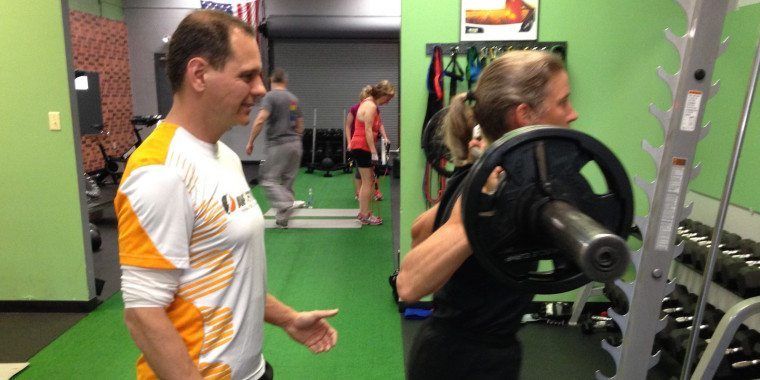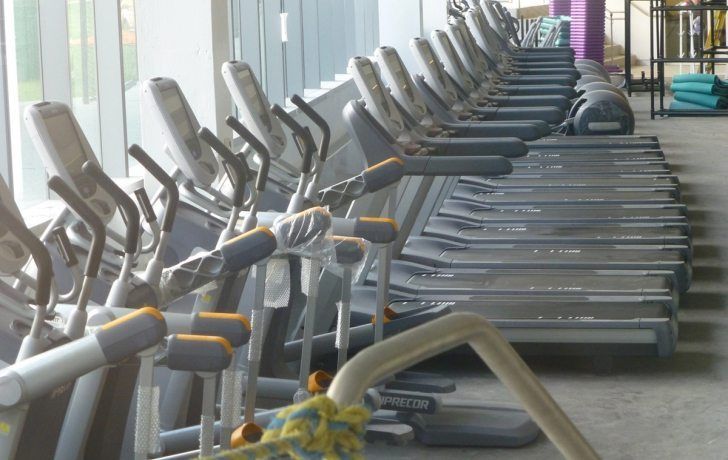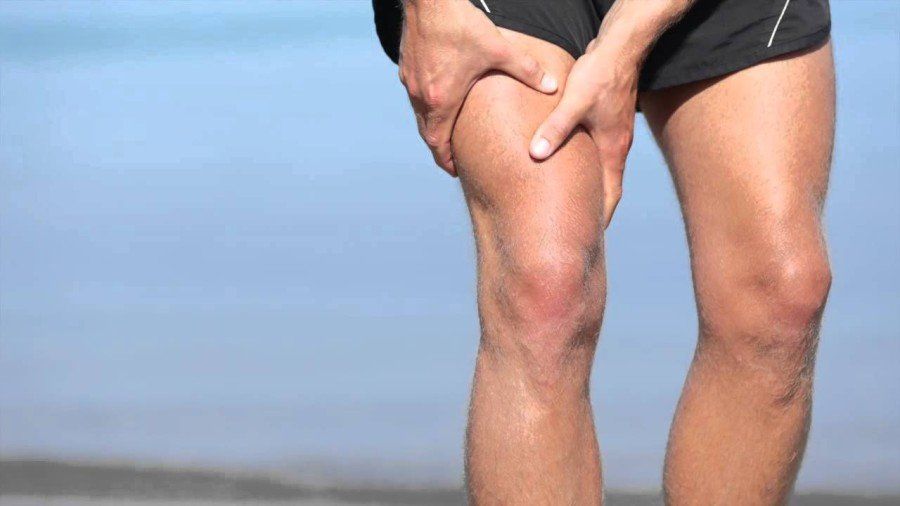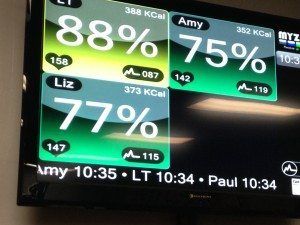A hallmark of our workout programs at AMP Fitness is our dedication to delivering effective, engaging and efficient fat-burning sessions in half the time of a traditional workout.
One of the keys to our workout programs is the use of the MyZone telemetry tracking system, a chest-strap monitoring system that transmits heart rate, calories and effort in real time to a live display, and then wirelessly uploads that data to a logbook that can be accessed online.
In addition, the system can monitor and track such values as weight, muscle mass, body water percentage, metabolic age, body fat percentage and more, making MyZone the only exercise tracking system in the world that is able to provide real-time feedback of exercise intensity.
While the use of telemetry tracking during exercise has become common in recent years, a chest-strap system, like the one incorporated through MyZone, delivers a more accurate reading than the wrist-band varieties that have grown increasingly popular, according to a report at cnet.com.
Reporter Sharon Profis tested the accuracy of five of the leading wrist-based mobile heart rate monitors with the help of a cardiologist at Kaiser Permanente medical center in San Francisco.
As the article points out, unlike chest-strap heart rate monitors — which closely emulate a real EKG machine by measuring electrical pulse — the wrist-based devices use light to track the user’s blood. By illuminating the body’s capillaries with an LED, a sensor adjacent to the light measures the frequency at which blood pumps past and, moments later, delivers a BPM (beats per minute) reading.
But to accomplish these readings, optical sensing requires the user to hold absolutely still — no talking, no moving, no muscle-tensing, no sweating — nothing is allowed. The devices do alert users if they are being too active to work correctly.
Additionally, by the time blood reaches the capillaries in the wrist, it has already slowed down to a rate that doesn’t necessarily reflect the user’s true heart rate, especially at BPMs above 100.
Putting it to the test
CNET tested five devices: the Garmin VivoFit, the Basis Carbon Steel, the Withings Pulse O2, the Samsung Gear Fit and the Samsung Galaxy S5. Each device was tested by the reporter twice: three measurements at rest and three immediately after running on a treadmill. The latter test required the reporter to stop running completely, as all devices (except for the chest strap) need the user to be completely still to get a reading.
The tests found that most of the trackers employing optical sensors were only accurate (or close to accurate) at the user’s normal resting heart rate of about 70-80 BPM. The Garmin VivoFit, a device that employs a chest strap, was expectedly dead-on at accelerated rates after exercise, however.
In addition, the devices that utilized optical sensors that read the wrist (instead of the fingertip) had the most trouble tracking heart rate. These include the Basis Carbon Steel and the Gear Fit. Both either had errors in multiple tests or were significantly inaccurate compared to the EKG post-exertion, supporting the idea that optical monitors are challenged by quick pulsations.
What does it mean?
As the tests revealed, if you own one of these wrist-based devices you can somewhat accurately track your heart rate, but only during times of rest.
A far better option is to combine the use of the MyZone system with one of our high-intensity interval training sessions to achieve the maximum results.
To learn more about the MyZone system and the benefits of our personal coaching sessions, give us a call at 216-831-3674.












